
Why Its So Important Not To Flush The Toilet After Every Trip
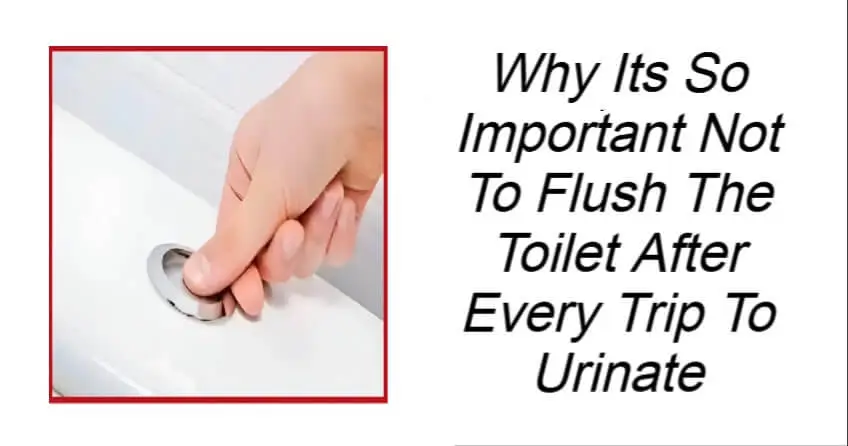
Flushing the toilet is one of the most automatic actions in our daily lives. We do it without hesitation—press the button or pull the lever, and move on with our day. But how often do we stop to consider what that simple action really means—especially when it's just for urine?
It might seem like a small gesture, but this everyday habit is silently contributing to enormous water waste, often without us realizing it.
Flushing Away Drinking Water—Literally
Every time you flush a standard toilet, somewhere between 3 and 9 liters of clean, treated, drinkable water disappears down the drain. That’s the same water you’d trust to drink from a tap—used to wash away a few drops of urine.
To put it into perspective:
-
The average household flushes around 10 times a day, resulting in up to 100 liters of wasted water daily.
-
Over the course of a year, that adds up to more than 36,000 liters—enough to fill a small swimming pool.
-
Multiply that by millions of households, and you begin to understand the staggering scale of the problem.
Meanwhile, over two billion people around the world still lack access to safely managed drinking water. Every unnecessary flush widens the gap between abundance and scarcity.
“If It’s Yellow, Let It Mellow”: A Simple, Powerful Rule
To fight this waste, many environmentally conscious households are embracing a timeless phrase:
“If it’s yellow, let it mellow. If it’s brown, flush it down.”
The idea is simple: urine, which is sterile and generally harmless, doesn’t require an immediate flush—especially if you clean your toilet regularly. By skipping just a few flushes a day, you can save thousands of liters of water each year.
It’s a low-effort habit change with high-impact results.
But What About Smell or Hygiene?
Understandably, one of the main concerns people have is about odor and cleanliness. Fortunately, there are simple and effective ways to manage this:
-
Add a few drops of essential oils (e.g., eucalyptus, lemon, peppermint, or lavender) in a small dish or diffuser near the toilet for natural fragrance.
-
Clean the toilet bowl regularly—ideally once a day or every few days if you're following the "mellow" rule.
-
Use natural cleaners like vinegar, baking soda, or eco-friendly toilet tablets to keep things fresh and sanitary.
The key is consistency. As long as you're keeping the bathroom clean, skipping the occasional flush won't compromise hygiene—and your nose won't suffer either.
Simple Solutions, Big Impact
The beauty of this approach is that it doesn’t require expensive systems or high-tech gadgets to get started. Here are a few practical tips to take action today:
✅ Change your habit
-
Only flush when truly necessary—solid waste or strong odors.
-
Start by skipping just one or two flushes a day and build from there.
✅ Install a dual-flush toilet
-
These offer two flush options: a low-volume flush for liquid waste (often under 3 liters) and a full flush for solids.
-
Many modern toilets already include this feature—or retrofits are available at low cost.
✅ Consider composting or dry toilets
-
In off-grid homes, eco-villages, or rural settings, dry toilets eliminate water use entirely.
-
They’re odorless when properly maintained and turn waste into compost—closing the loop naturally.
Don’t Forget: Social Etiquette Matters
Bathroom habits are personal, and flushing preferences can be a delicate topic—especially in shared households or when visiting someone else’s home. If you’re living with others:
-
Have a conversation about household norms.
-
Be respectful of individual comfort levels.
-
When in doubt (especially as a guest), it’s usually better to flush—unless you’re sure the “mellow” rule is welcome.
Sustainability shouldn’t come at the cost of social harmony.
Why It’s Time to Rethink the Flush
Let’s recap the key reasons to consider a change:
-
🚽 Each flush uses 3 to 9 liters of high-quality drinking water
-
💧 Urine is harmless if toilets are cleaned regularly
-
🌍 Simple behavior change = significant water savings
-
💡 Alternatives like dual-flush toilets or dry toilets exist
-
🧠 Small changes in your home can inspire broader environmental awareness
Final Thoughts: Tiny Action, Huge Impact
Changing how (and when) you flush might feel like an insignificant gesture—but in reality, it’s one of the easiest and most immediate ways to reduce your water footprint. By rethinking this everyday habit, you’re not just saving water—you’re contributing to a more conscious, sustainable world.
Next time you go to flush, ask yourself: Does this really need to go down the drain?
Sometimes, letting it mellow is the smarter, kinder choice.
News in the same category


The Monster Waves at Nazare, Portugal

Do Stoned Dolphins Give ‘Puff Puff Pass’ A Whole New Meaning?

Recently Discovered Dinosaur ‘Mummy’ Is So Well-Preserved It Even Has The Skin And Guts Intact

Travel Coast-to-Coast by Train and See America’s Greatest Sites For Just Over $200

Sleepy Polar Bear Portrait Wins the Wildlife Photographer of the Year People’s Choice Award

Harvard Scientist Claims ‘Hostile’ Object Coming at Us Is Advanced ‘Mothership’ and Issues Warning

Lab-Made Butter Created From CO2 Tastes Like The Real Thing, Says Bill Gates

Man’s Refusal to Pay 25% Tip Ignites Debate on Tipping Culture

Universe Shaken: Rare Triple Black Hole Merger Sends Ripples Through Space-Time

The Sun Isn’t Yellow—It’s Pure White

The Sun’s Power: Earth Lives on Just 0.000002%

iPhone users issue warning on what to do if you get the 'caution' icon on your device

PlayStation 6 leak suggests release date could be much sooner than expected

Rolling Stone sues Google over AI summaries in landmark lawsuit
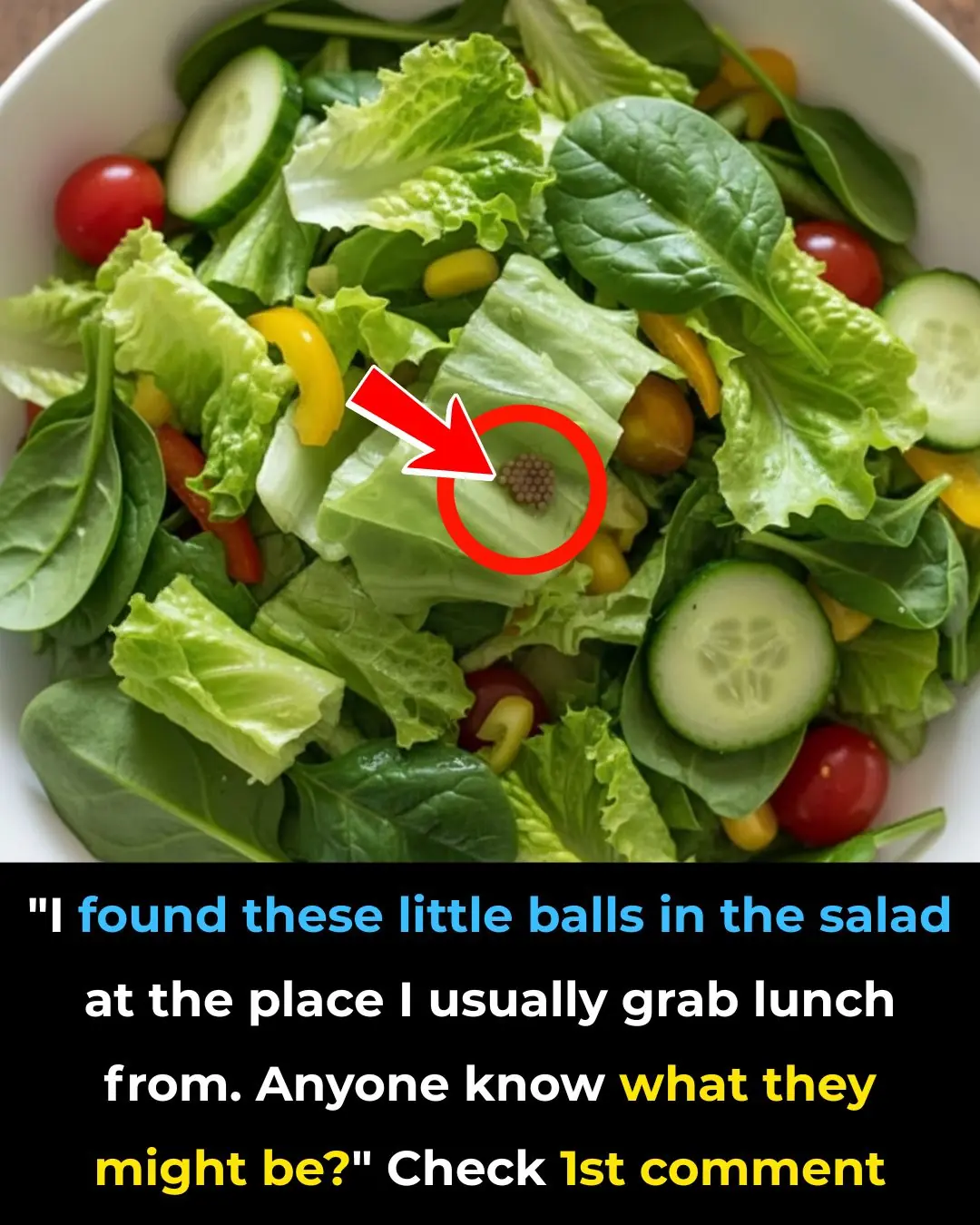
Tiny Brown Balls in Your Salad

A Man Held His Breath Underwater for 29 Minutes, Shattering the World Record and Even Surpassing Most Marine Mammals

Everywhere Cannabis Could Be Legalised in US as Trump Considers Major Law Change

Should You Peel Ginger Before Eating? The Shocking Truth Everyone Needs to Know
he peel is not harmful; in fact, it carries unique benefits. By using ginger correctly and storing it properly, you can unlock its full potential for boosting immunity, improving circulation, and keeping your
News Post
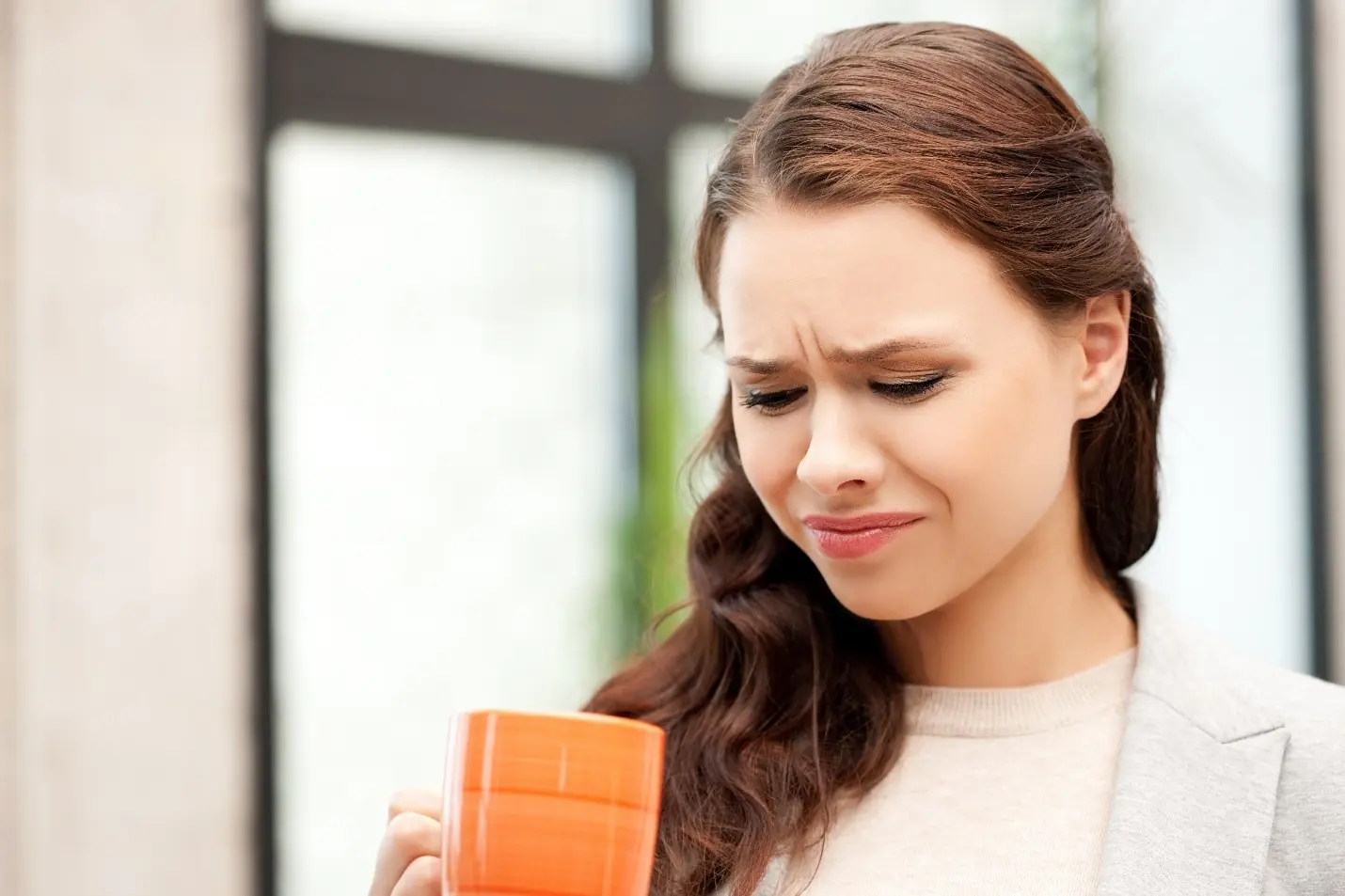
Bitter Taste In Your Mouth Discover Most Common Cause

Silent Symptoms of Anemia You Should Never Ignore
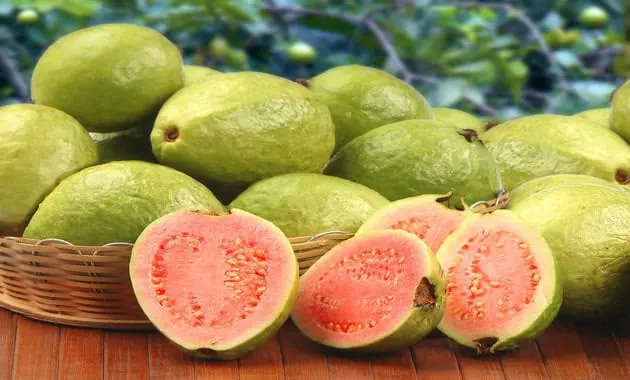
The Impressive Health Benefits of Guava Fruit and Leaves
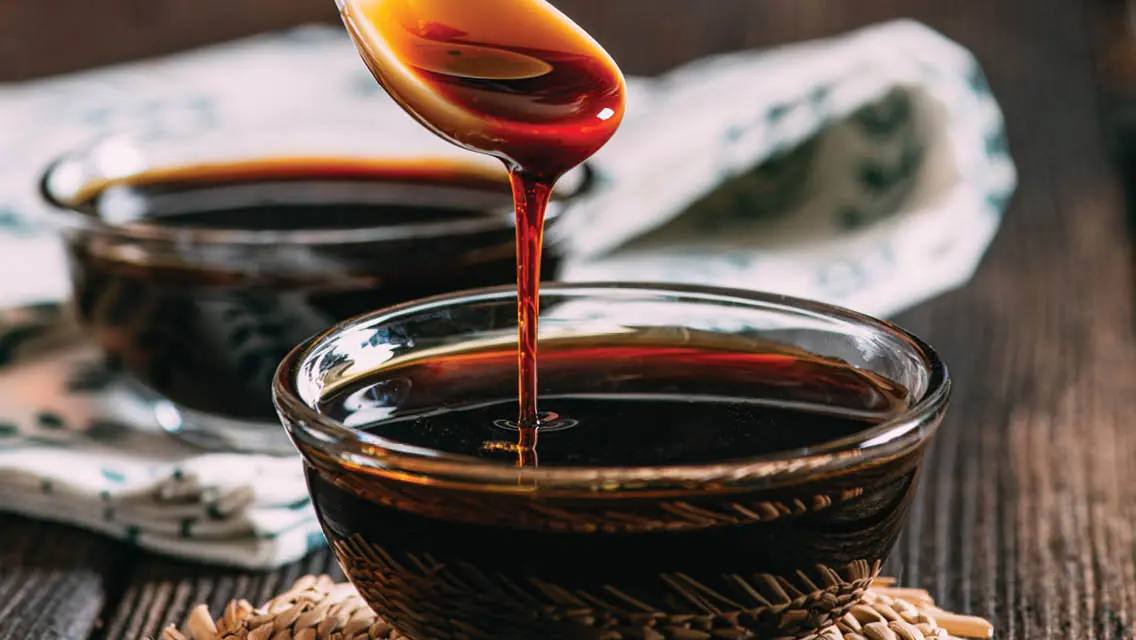
Molasses 101: Types, Proven Benefits, Uses, and More

5 home appliances that consume more electricity than air conditioners. If you don't unplug them at the end of the month, your bill will skyrocket

What is black vinegar? Nutritional value and uses of black vinegar

How to make fish mint juice that is not fishy, easy to drink, helps slim body, whiten skin

A plant with a distinctive aroma: Both a spice and a 'miracle drug' for health

Take 1 ice cube and drop it into the rice cooker: A great use that every family wants to follow.

How to make banana vinegar with just 4 simple ingredients, you will have a delicious finished product
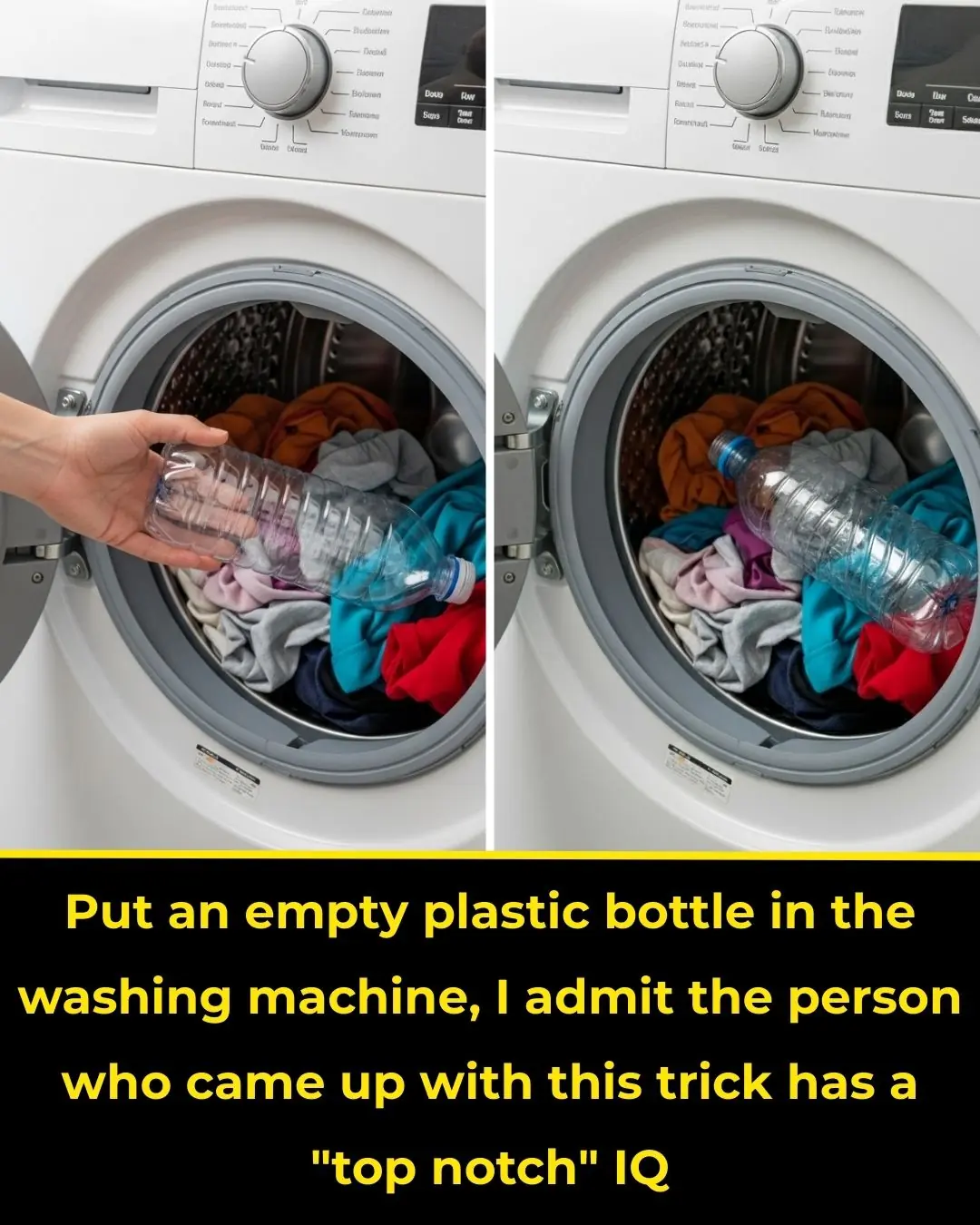
Put an empty plastic bottle in the washing machine, I admit the person who came up with this trick has a "top notch" IQ
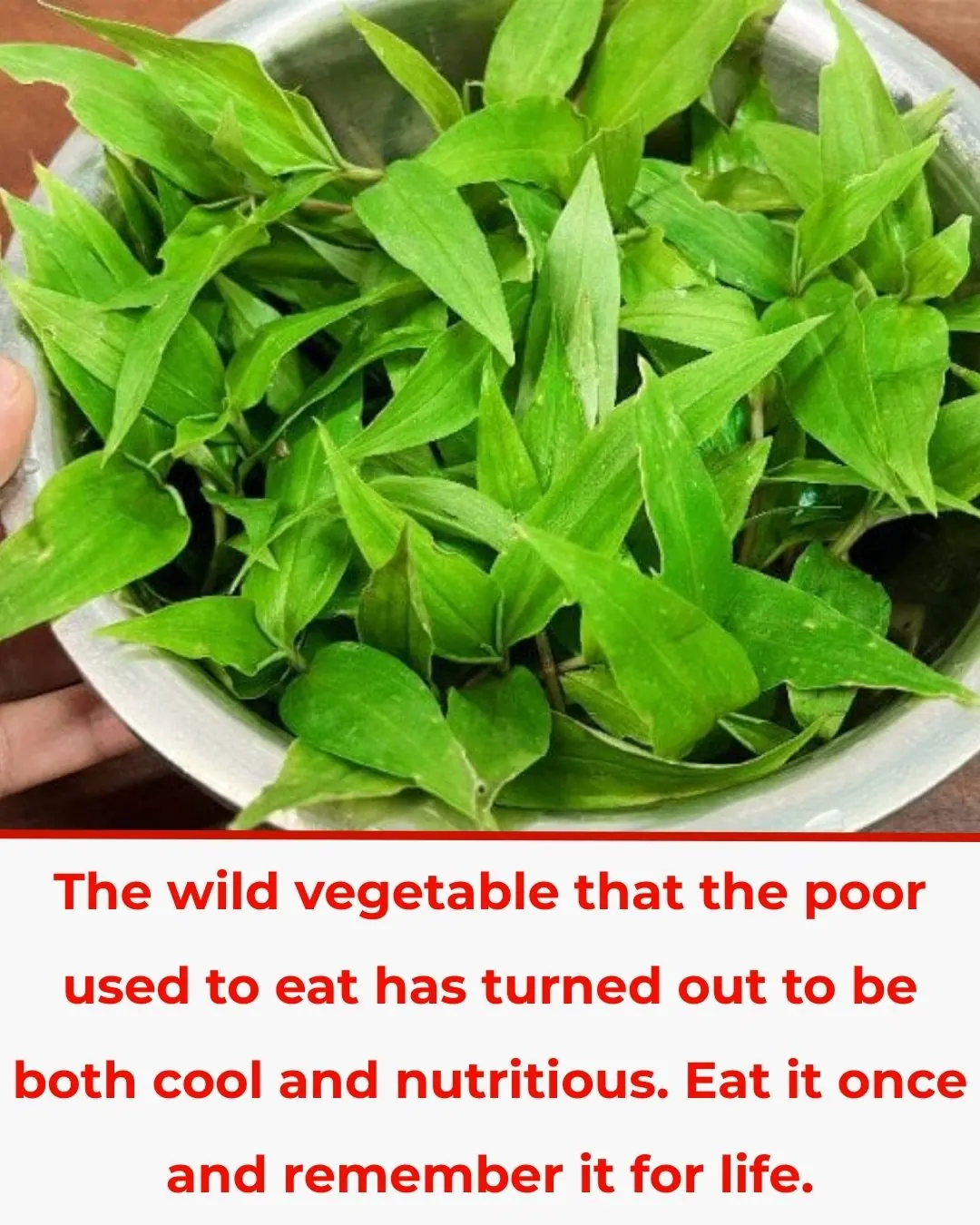
The wild vegetable that the poor used to eat turned out to be both cool and nutritious. Eat it once and remember it for life.

Drop essential oil on garlic: Hang it in the window or corner of the house for great benefits.

Crush a handful of betel leaves and use it as a mask: dry, dark, and patchy skin will become white, smooth, and supple like a baby's skin

My Mother-in-Law Stopped by With a Gift Before My Son’s Birthday — What Happened Next Left Me Shocked
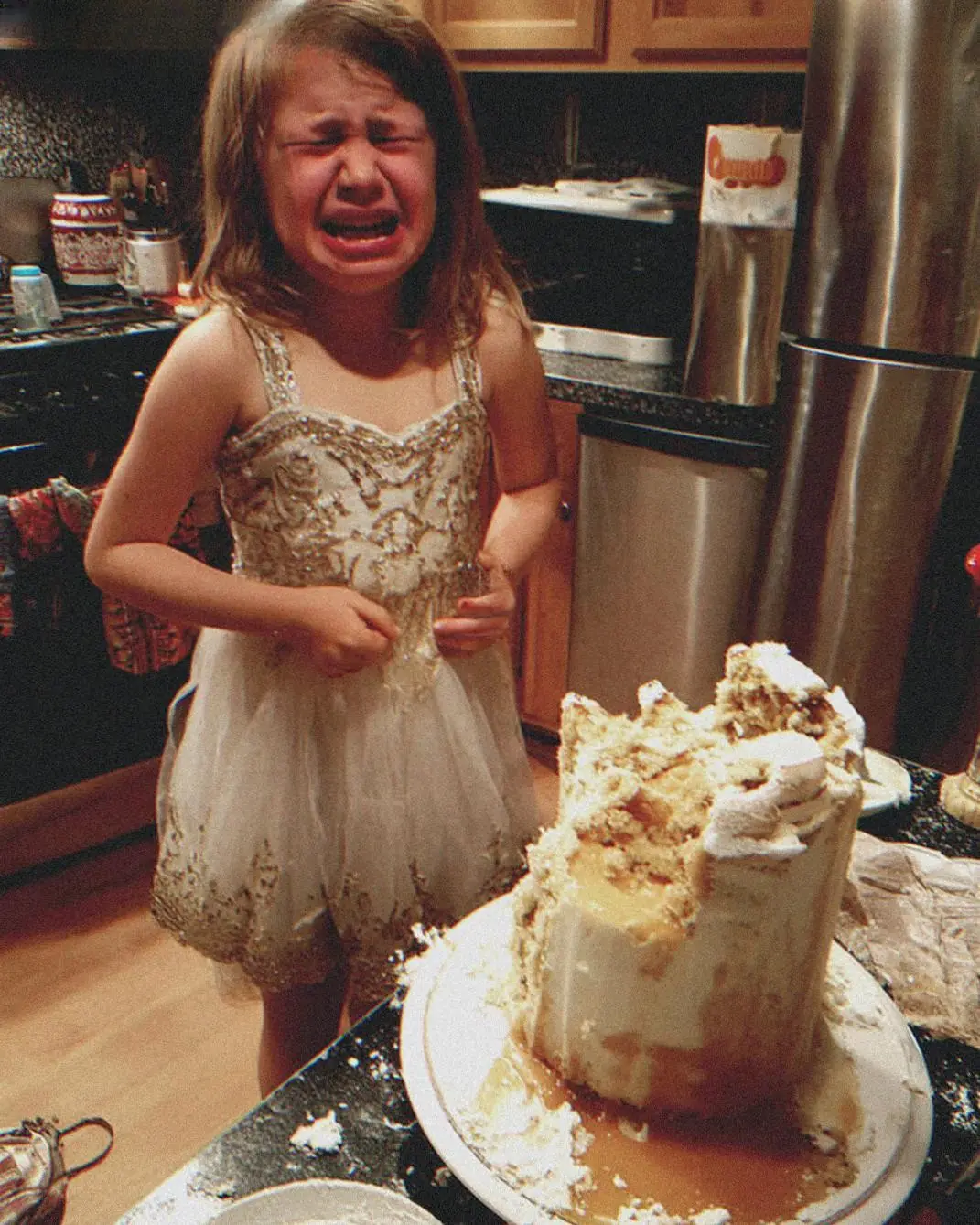
I Prepared a Cake for My Daughter’s Party, but Something Went Wrong

My Grandson’s Remark About His Stepmom Seemed Small, but It Led Me to a Bigger Discovery

The Power of an Unexpected Apology.

Put onion slices on the soles of your feet, great benefits, both men and women need
